hnpp
August 7, 2018

Published by Bibi-Aisha Wadvalla at Aug 07 2018
Categories
Globally, only 38% of mothers breastfeed exclusively, giving their babies nothing but breastmilk for the first six months. The figure is higher in Bangladesh, at 55%. But it is still not high enough. Exclusive breastfeeding is crucial for a baby’s healthy development. Aside from cultural traditions, and lack of knowledge, the need to work is also an influencing factor.
May 28, 2018

Published by Bibi-Aisha Wadvalla at May 28 2018
Categories
Making motherhood safe in Bangladesh is an achievable goal, but we have a long way to go before safe motherhood is a reality for all. The most fatal complications are easily preventable, and with quality care and facilities, we are striving to get there.
May 14, 2018
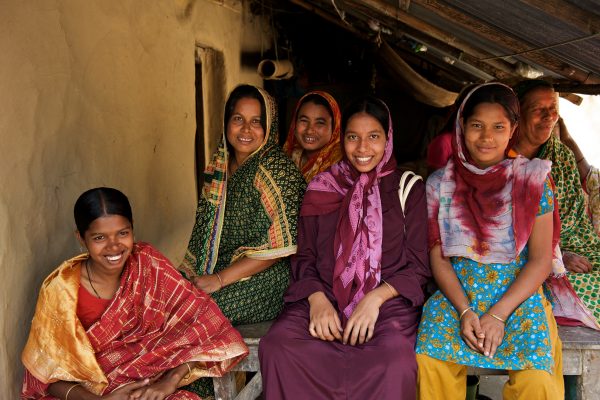
Published by Bibi-Aisha Wadvalla at May 14 2018
Categories
Bangladesh has one of the world’s highest rates of maternal and child malnutrition. An estimated six million children are chronically undernourished. Many pregnant women are underweight, anaemic, and consume a nutrient-poor diet.
May 6, 2018

Published by Bibi-Aisha Wadvalla at May 06 2018
Categories
Bangladesh is on a drive to train more midwives, a step seen as critical to reducing the maternal mortality rate. The country’s ratio of home deliveries vastly outnumber births at health facilities. In rural areas, it’s estimated only 20% of women give birth with a skilled birth attendant present. On International Day Of The Midwife, we honour women who are saving lives.
September 12, 2015
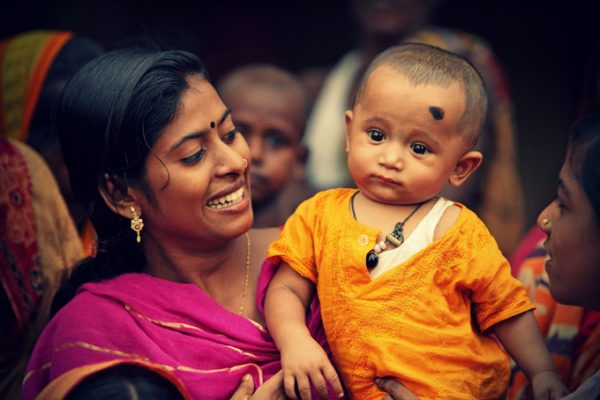
Yet like any ambitious set of targets, not all the MDGs were fully met by many countries. Rather the goals worked as a framework upon which they could build their development policies and translate the policies into action. Let’s focus on one tiny target of a goal, yet one whose impact on the coming generations is most persisting: undernutrition. Undernutrition, a form of malnutrition, is a deficiency of calories of one or more essential nutrients. Two of the most used indicators to measure undernutrition are underweight and stunting.
September 29, 2014
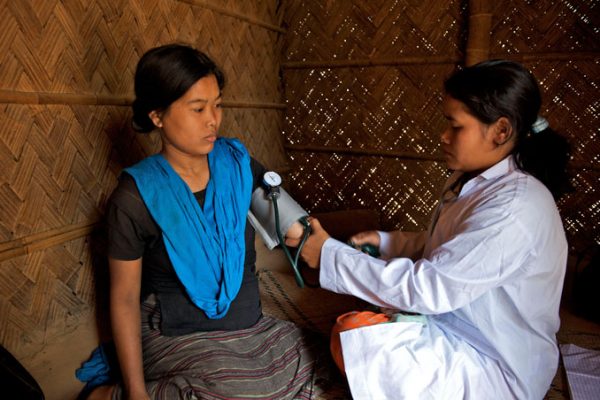
Published by Maeesha Saiara Khaled at Sep 29 2014
Heart disease is often regarded as a problem that a person is born with, or something that eventually happens in older adults. Non-modifiable risk factors like advancing age and family history are not the only reasons for heart disease. In fact, 80 per cent of premature deaths from cardiovascular disease could be avoided if modifiable risk factors like tobacco use, unhealthy diet, physical inactivity, high blood pressure (hypertension), diabetes and raised lipids are addressed.
May 25, 2014

Published by Nowshin Jahan at May 25 2014
Bangladesh is rated as one of the 36 high malnutrition burdened countries in the world. Although it was widely perceived that malnutrition could be curbed down by increasing peoples’ income, recent studies have shown that it is not always the case. Malnutrition is not only under-nutrition but also over-nutrition, which leads to obesity leading to further health complications such as non-communicable diseases. Moreover, exposure to junk food coupled with a lack of knowledge on nutrition increases the prevalence of malnutrition across the mid and higher quintile of the population.
May 9, 2014
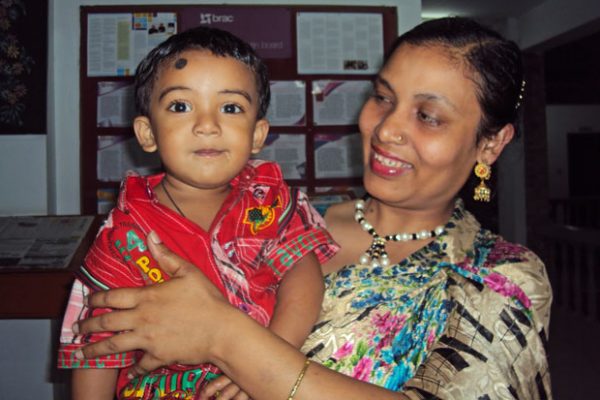
Published by Nowshin Jahan at May 09 2014
Asma Akhter had her first child at the age of 15. She had little knowledge on infant, young and child feeding (IYCF) practices and used to believe in superstitions and social taboos regarding child care. She had avoided breastfeeding her daughter within one hour of birth and had wrongly fed other lacteals during her child’s first six months.
April 1, 2014
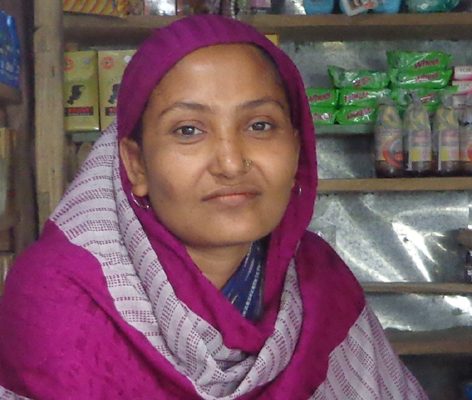
Published by Kazi Amit Imran at Apr 01 2014
BRAC has been recruiting and training shasthya shebikas, frontline community health promoters, in Bangladesh since 1972. Currently 97,000 shasthya shebikas and an additional 10,000 shasthya kormis, frontline community health workers, are providing a multitude of health services to Bangladesh’s communities. For tuberculosis (TB), they provide TB information, identify TB cases and administer directly observed treatment short- course (DOTS).
December 8, 2013
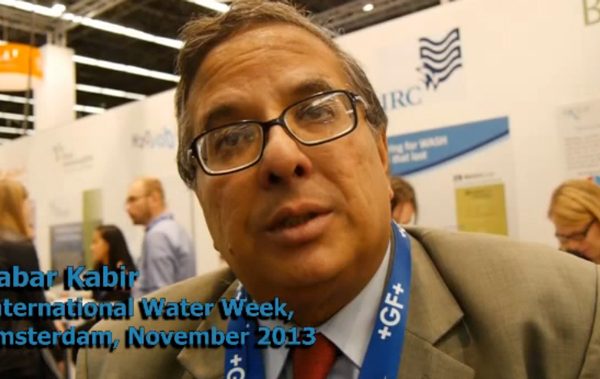
Published by Peter McIntyre at Dec 08 2013
Categories
The BRAC Water, Sanitation and Hygiene (WASH) programme in Bangladesh is planning to convert faecal matter from pit latrines into commercially viable fertiliser, biogas and electricity. The aim is to complete the sanitation chain by making material from millions of pit latrines safe and economically productive. Babar Kabir, senior director of the BRAC WASH programme, says that there is a sound business case for investment in bio-energy units that could generate electricity on a large scale.
November 18, 2013
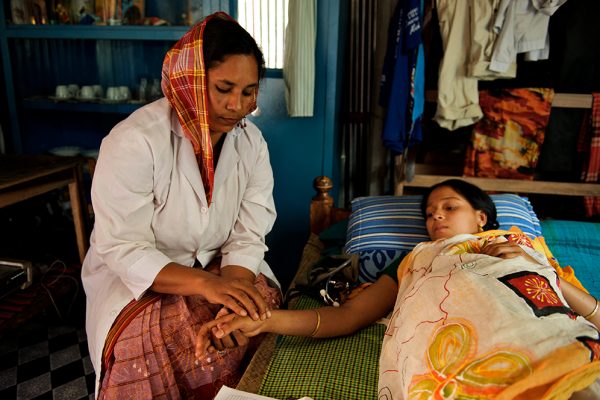
Published by Katie Allen at Nov 18 2013
Categories
GlaxoSmithKline and Save the Children have joined together to create a $1 million Healthcare Innovation Award, awarding $300,000 to BRAC. The funds will be used to pilot BRAC's Manoshi program in Freetown, Sierra Leone, after having tremendous success in the urban slums of Dhaka, Bangladesh.
October 28, 2013

Published by Kazi Amit Imran at Oct 28 2013
Categories
The 2011 Lancet series says that about 2.6 billion people lack access to proper toilet facilities and about 980 million young people under 18 live in homes without basic sanitation. Moreover, research has shown that unimproved hygiene, inadequate sanitation, and insufficient and unsafe drinking water account for about seven per cent of the total disease burden and 19 per cent of child mortality worldwide.

